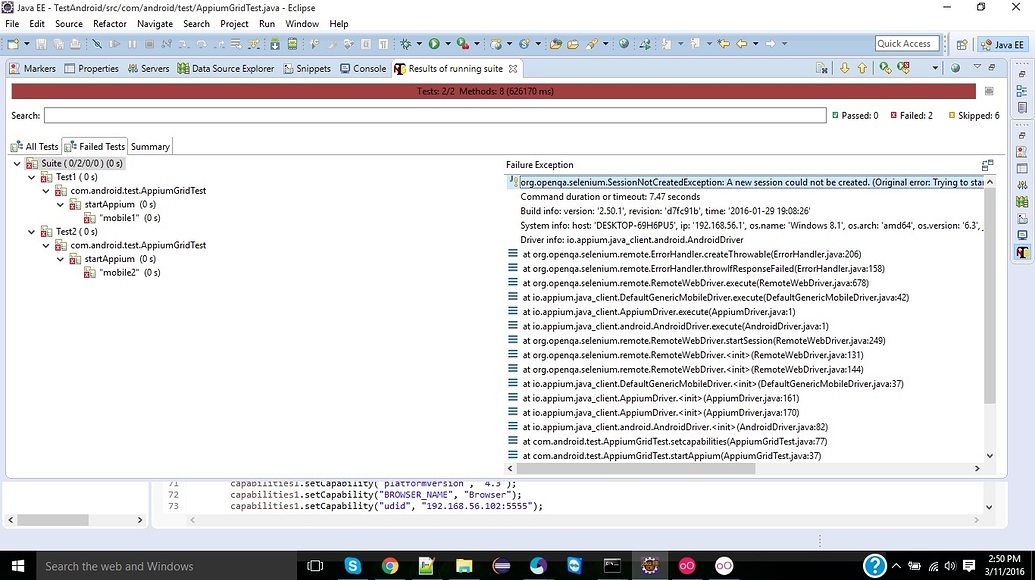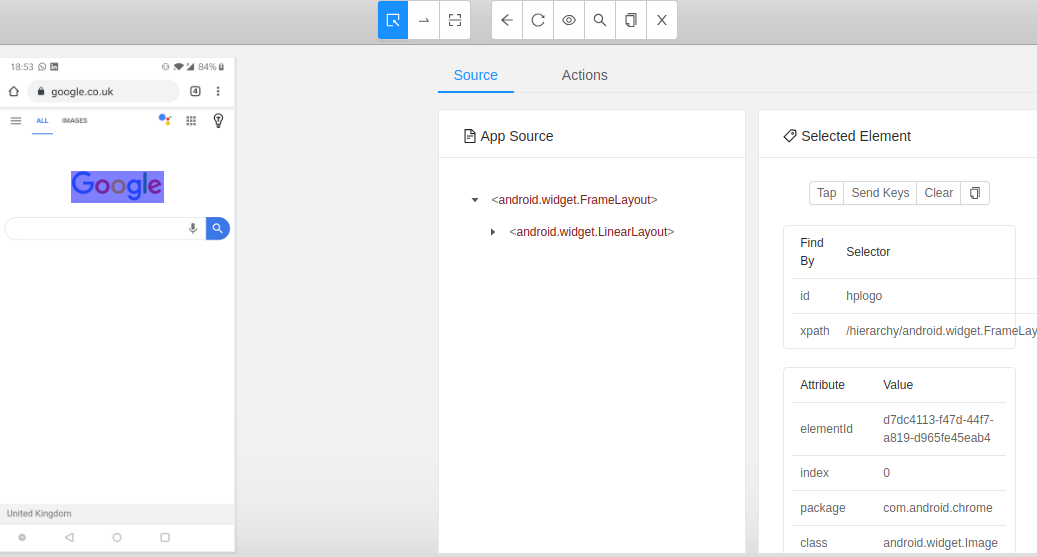


Initially, I started the evaluation with couple of open source tools appium and IOS Driver. In this blog i'm putting my experiences using appium automation tool for IOS Native App AutomationĪppium is one of the automation tool and seems to be promising in automation of IOS Native Apps. This will launch the appium server on default port 4723įriends, It been long time since I have written my last blog. Open the terminal and type the command appium &. Now lets c how to run the tests when appium is launched from terminal

You can run your tests either starting the appium from GUI mode or from terminal mode. You can even play back the tests with in the appium recorderĬheck the following video link to have a glance on how to inspect and record app will be created in 'Debug-iphoneos).Ħ.Now click on ' Launch' button to start the appium server.ħ.Click on ' i' button to launch the IOS inspectorĨ.Check the below video to see how to inspect elements on IOS simulator and record the tests app path which is in ' Debug-iphonesimulator' folder and not ' Debug-iphoneos folder (when you run the UICatalog code on a real device from Xcode, the. app(you can find the path from Xcode)Įx: The path I provided here is '/Users/kiran/Library/Developer/Xcode/DerivedData/UICatalog-fqsvdhmisheuvqbsuomezsujnqgi/Build/Products/Debug-iphonesimulator/UICatalog.app'ĥ.Ensure you pick the. Check the flag AppPath an provide the path to your. We would be inspecting the IOS element using this GUI version of appiumĤ.


 0 kommentar(er)
0 kommentar(er)
